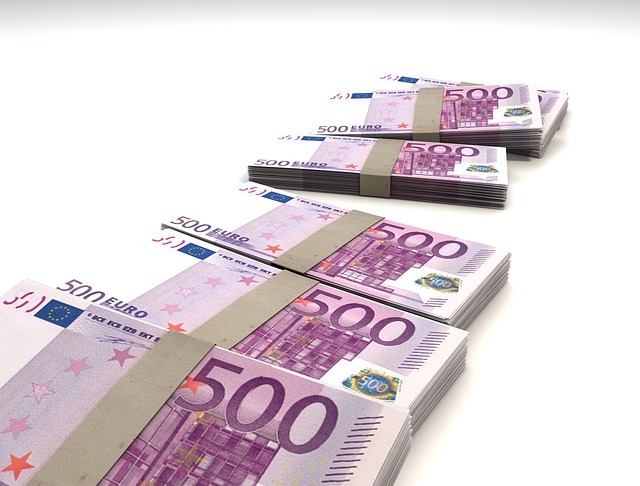In this article, we have covered the highlights of global market news about the GBP/USD, USD/CAD, USD/JPY and EUR/CHF.
GBP/USD likely to stay under pressure in the short term – ANZ
GBP/USD has seen a significant decline. According to ANZ Bank economists, the British pound is now under downward pressure.
To stay within historical ranges for EUR/GBP. “In the immediate term, with USD strength and the GBP trading close to a 40-year low, we anticipate the GBP to stay under pressure.”
“EUR/GBP will stay within historical levels, mostly driven by EUR volatility,”
“Over the medium term, a reversal in the USD paired with the completion of the two-year fiscal plan on energy prices may lead to some recovery in the GBP.”
USD/CAD falls further from a two-year high; negative potential seems limited.
Tuesday sees significant selling pressure on the USD/CAD pair, which retreats from the previous day’s high of June 2020, which was reached at levels slightly over the 1.3800 level. The pair seems to have temporarily broken its five-day winning run as it dropped below mid-1.2600s in the early European session.

As a result of supply interruptions brought on by hurricanes, crude oil prices stage a slight comeback from a multi-month low and support the commodity-linked loonie. On the other hand, the US dollar stops its recent rout to a two-decade high and ends up being another element pushing the USD/CAD pair lower.
The risk-on drive causes profit-taking in the safe-haven dollar and is reflected in the overall upbeat tone surrounding the stock markets. In addition, declining US Treasury bond rates look to be hurting the dollar, while the Federal Reserve’s switch to a more hawkish attitude may help contain losses.
The US central bank hinted this week that it is likely to increase interest rates more aggressively at its subsequent meetings to control inflation. Additionally, two FOMC members reaffirmed on Monday that containing domestic inflation remained a top objective. The US bond yields should benefit from this as a windfall.
Furthermore, any significant increase in oil prices should be restrained by concerns that a worse economic slump may reduce gasoline consumption. In addition, the possibility of a further escalation in the crisis between Russia and Ukraine enhances the chances for the appearance of some dip-buying around the safe-haven dollar and the USD/CAD pair.
Currently, market investors are anticipating Fed Chair Jerome Powell’s address at a gathering in Paris, which might affect the USD. Traders will also pay attention to the US economic calendar, which includes data on Durable Goods Orders, New Home Sales, Richmond Manufacturing Index, and Consumer Confidence Index from the Conference Board.
The USD/JPY is expected to hit 150 if the yen weakening persists – ANZ.
Against the US dollar, the Japanese yen plunged to a low of 145.90. The Ministry of Finance then stepped in to help. However, according to experts at ANZ Bank, the yen will continue to deteriorate, pushing the USD/JPY pair closer to 150.
For the first time in twenty years, the MoF stepped in. We think the action could stabilize the JPY but won’t stop future yen decline.
Instead of authorities setting particular levels for the currency, the rate at which the yen loses value seems to have sparked the most recent MoF intervention. Therefore, additional intervention is unlikely as long as the yen declines gradually and orderly.
EUR/CHF could fall to 0.93 in the following months, according to Danske Bank
Danske Bank economists remain confident that the EUR/CHF will decline over the next several months. The 12-month outlook for the pair is 0.93.

Swiss National Bank will increase by 75 basis points in December. “We anticipate the SNB to increase by 75 basis points in December, raising the policy rate to 1.25%, to reduce underlying inflation pressures.”
“We see relative rates as an inferior driver for the cross,” they write, “with the SNB basically following the ECB.”
Based on fundamentals and a more constrained global investment climate, “We continue to predict the cross to trend downward.”
“We maintain our 12-month projection of EUR/CHF at 0.93.”
Please click here for the Market News Updates from 26 September, 2022.

